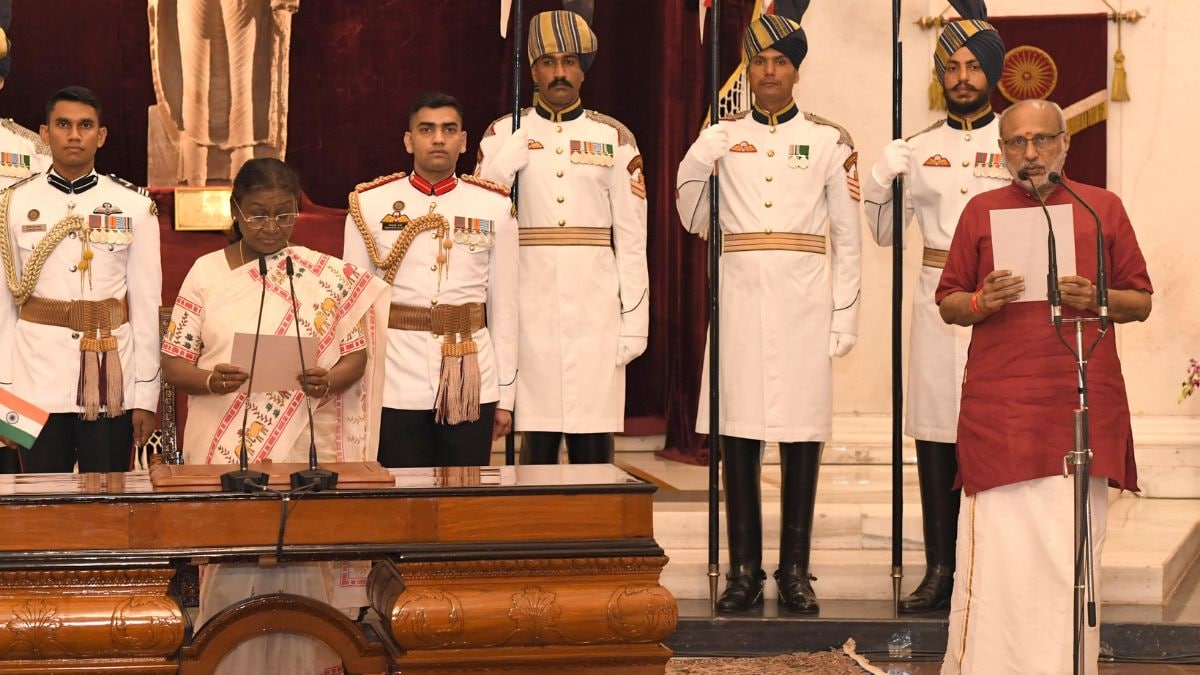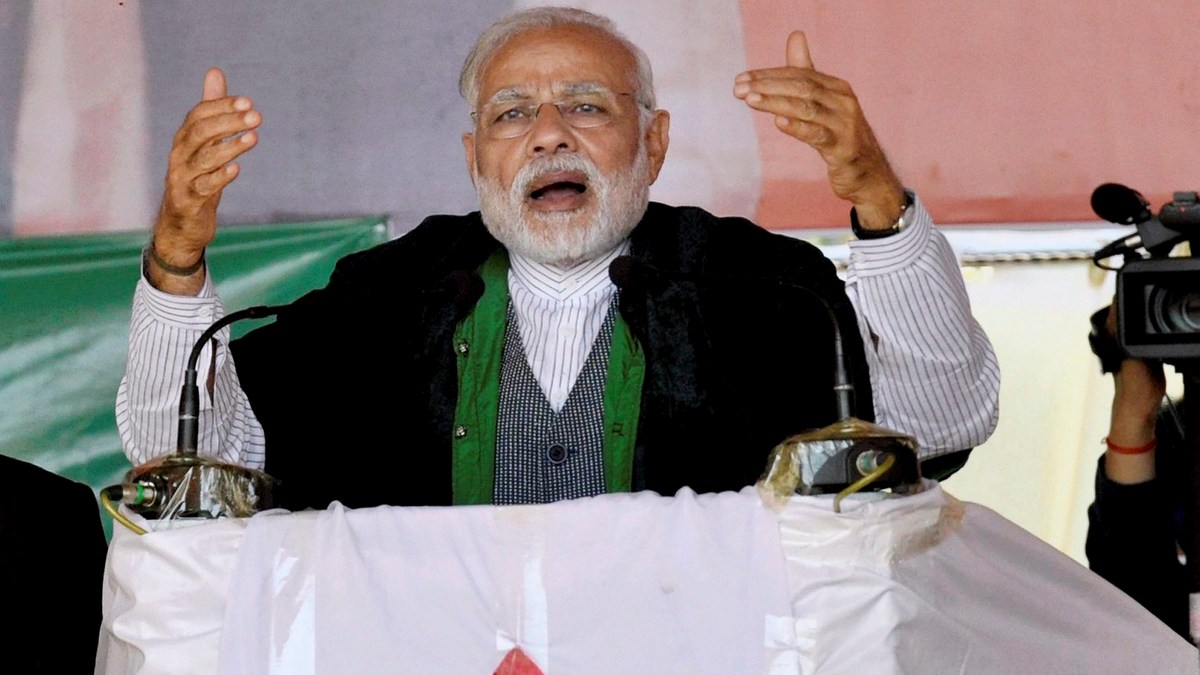Prime Minister Narendra Modi on Saturday inaugurated several developmental projects in Mizoram’s Aizawl, including the Bairabi-Sairang New Rail line, which will connect the Northeastern state with the Indian Railways network for the first time.
“For the past 11 years, we have been working for the development of the Northeast. This region is becoming the growth engine of India. Over the years, many states of the Northeast have been put on the rail map of India,” PM Modi said.
“Today, Mizoram is playing an important role in India’s development journey. Today is a historic day for the nation, especially for the people of Mizoram. Aizawl has now been placed on the Indian Railway map,” he added.
#WATCH | Mizoram: Prime Minister Narendra Modi says, "This is not just a railway connection, but it is a lifeline of transformation. It will revolutionise the lives and livelihoods of the people of Mizoram. Farmers and businesses of Mizoram can reach more markets across the… pic.twitter.com/4hRPVVaG6k
— ANI (@ANI) September 13, 2025
The prime minister said that the entire Northeast has “suffered greatly” under the Opposition, highlighting that the BJP government’s approach is “different” as the states that were neglected for so long are in the “forefront” now.
About the project
The Rs 8,070-crore Bairabi–Sairang railway line, considered one of the most challenging in Indian Railways’ history, was sanctioned in 2008-09 and construction began in 2015.
The line includes 45 tunnels, 55 major bridges and 87 minor bridges.
Bridge No 144, near Sairang, is taller than Qutub Minar at 114 metres. It is the tallest pier railway bridge in the country, an official of the Northeast Frontier Railway said.
The route also features five road overbridges and six underpasses, covering four main stations – Hortoki, Kawnpui, Mualkhang, and Sairang – apart from Bairabi.
The direct rail connectivity between Mizoram and the rest of the country will offer the people of the region safe, efficient, and cost-effective travel options.
It will also ensure the timely and reliable supply of food grains, fertilisers, and other essential commodities, thereby enhancing overall logistical efficiency and regional accessibility.
With inputs from agencies


)

)
)
)
)
)
)
)
)



